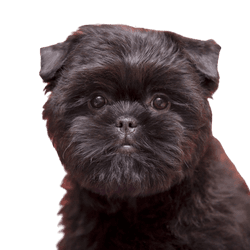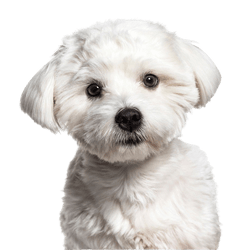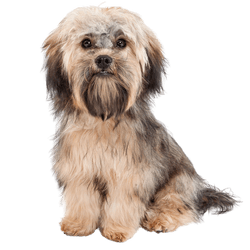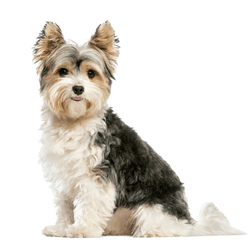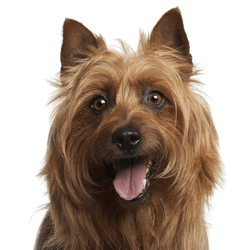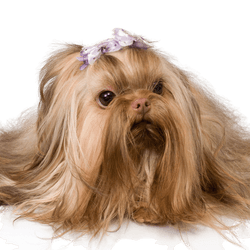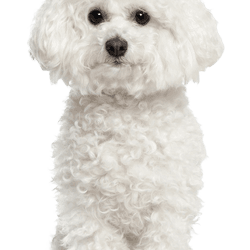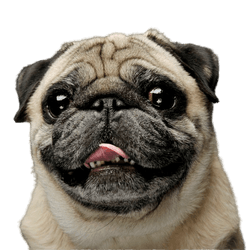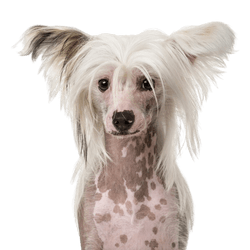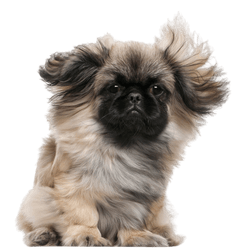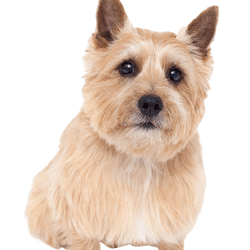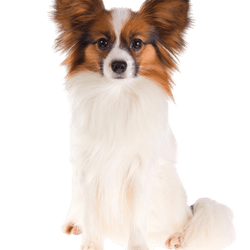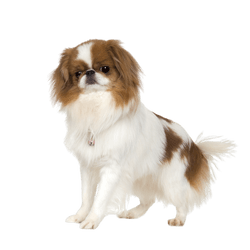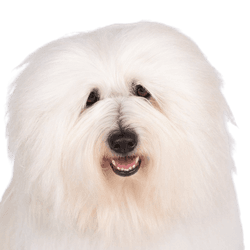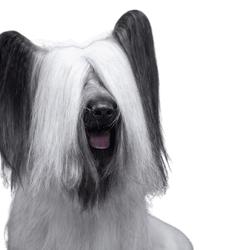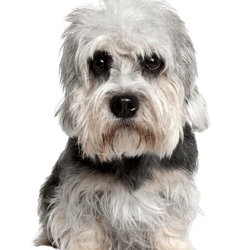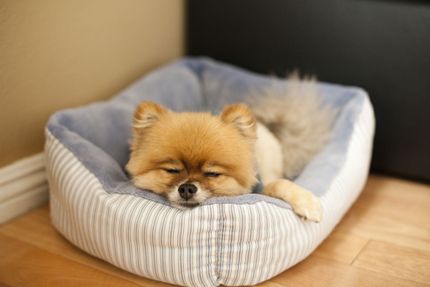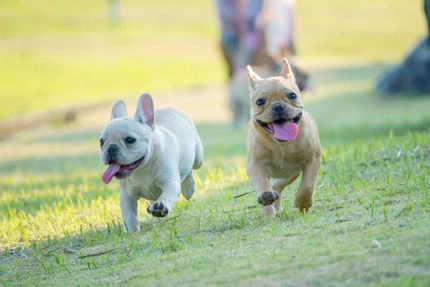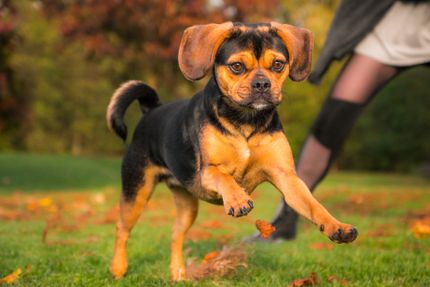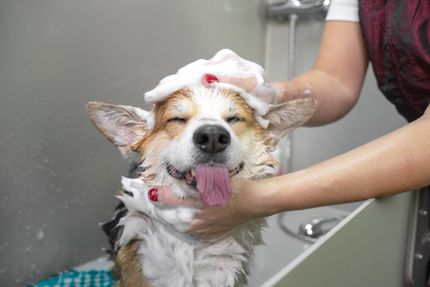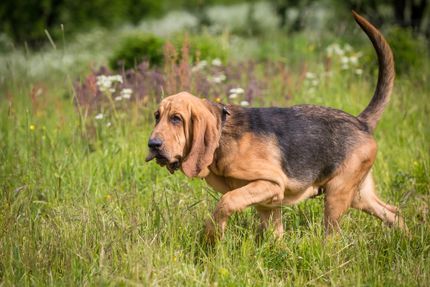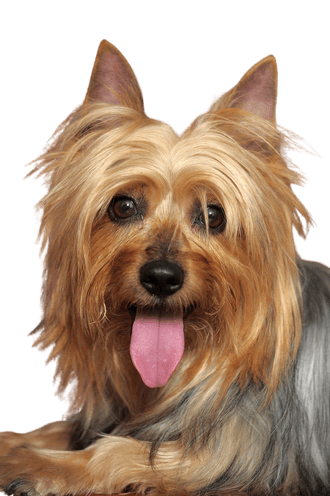
Australian Silky Terrier Breed description: Character & Co
Australian Silky Terrier
Facts & Origin
What is the origin of the Australian Silky Terrier?
The Silky Terrier (also Australian Silky Terrier) has a long history, although its breed standard was not recognized until the late 1950s. The breed originated from the crossing of Australian Terrier and Yorkshire Terrier, which is reflected in the appearance of the small powerhouse. Further ancestors are the Skye Terrier, Dandie Dinmont Terr ier and Scotch Terrier. The original aim of these crossbreeds was to have a dashing mixture for hunting rats and mice, but also for defending belongings. The crossbreeding resulted in several different breeds, including the Silky Terrier. In the course of time, the Silky Terrier became more and more popular and soon found great enthusiasm in England, America and Europe.
What are the breed characteristics
The Australian Silky is classified by the FCI in Group 3 "Terriers" and within that Section 2 "Lowland Terriers". He is usually described as a very compact dog, which is mainly characterized by his silky coat and conspicuously well-groomed appearance.
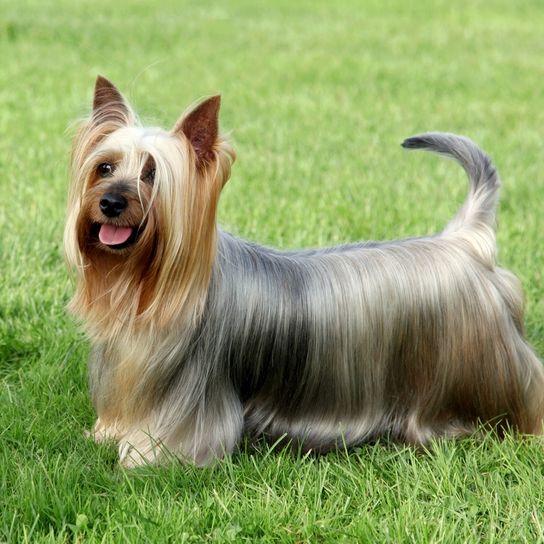
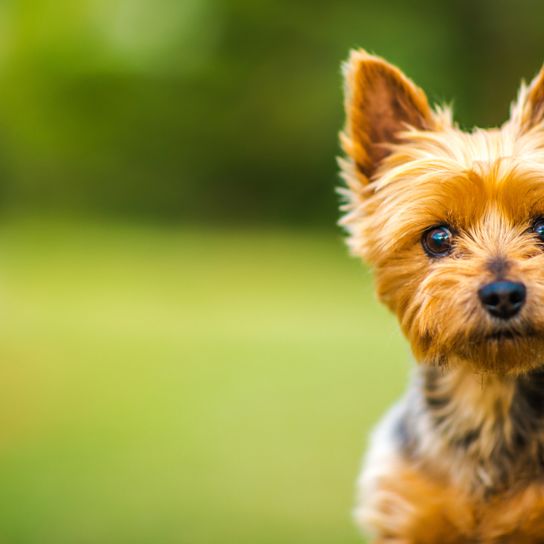
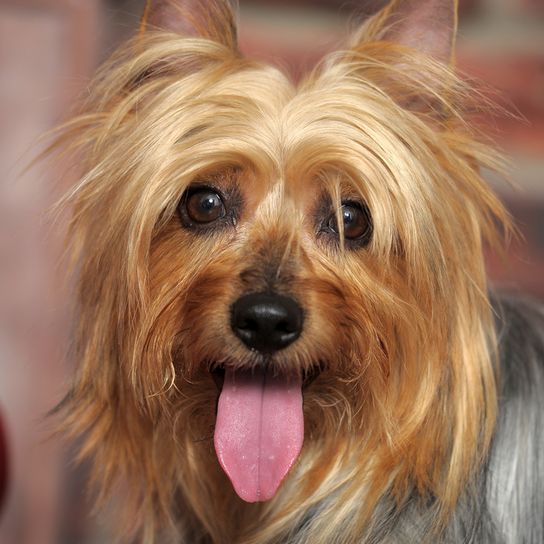
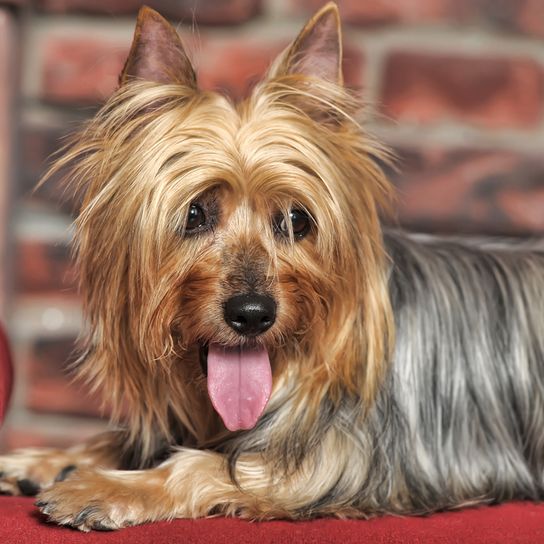
| Alternate Name | Silky Terrier, Sydney Silky, Australian Silky |
| Origin | Australia |
| Life expectancy | 12 - 16 years |
| Care requirements | high-maintenance |
| Activity level | average |
| FCI group | Toy Terriers |
| AKC group | Toy Group |
| KC group | Toy Group |
Attitude, character and temperament of the breed
What are typical character traits
The "Silky" is generally considered to be cheerful, intelligent and spirited. As a terrier, however, he also brings a portion of stubbornness that should not be underestimated, but despite this he is relatively easy to train. Although the little powerhouse is described as quite uncomplicated and wants to be close to his family at all times, dealing with small children is not one of his strengths. Rather, the Silky Terrier can score with his attentiveness and alertness, which qualify him as a watchdog. Especially mentally he should be really well exercised. Although he is also a dog that likes to move around, it is much more important to give him tasks and small challenges that keep him mentally occupied.
Character
Usage

Health and breeding information
How old does a Silky Terrier live?
The life expectancy of a Silky Terrier is on average 12 to 16 years. Of course, it always depends on the type of keeping and / or feeding and care.
What are typical diseases of Australian Silky Terriers?
Typical diseases of the breed are
- seasonal dermatitis (skin inflammation, usually caused by malassezia)
- drug intolerance
- cataract (cataract)
- urinary tract diseases (cystine stones)
What to consider when breeding and how much does it cost?
Both in terms of purchase and keeping, the cost of a "Silky" can vary greatly. Here it is worthwhile to contact a recognized breeder. You can find such a breeder for example on the internet pages of the VDH. Basically, you should always make your own picture of the circumstances from which your puppy comes. Papers and documents as well as the vaccination status of the dog and information about the parents will give you further information. As a rule, a responsible breeder will provide you with this information immediately. You should also be informed about monthly costs.


Appearance and coat
At first glance, the Silky Terrier can almost be confused with its ancestor, the Yorkshire Terrier. However, the "Silky" usually differs by a somewhat stronger build and a more rectangular - less elongated - body shape. Also important and characteristic of this breed are: the v-shaped ears, which always stand upright, as well as the golden hair on the top of the head, which typically should not be mixed with grey. The Silky Terrier also has a very high maintenance and fine coat. Ideally, it should be brushed daily to prevent tangles or matting. Since it is generally very smooth and parted, however, the effort should not be too great as long as grooming is done regularly.
You will probably encounter the following coat colors:
- light to dark grey
- golden or tan
- blue and tan
- black and tan
- grey & tan
- silver & tan
- silver black & tan
How tall is the australian dog?
The height at the withers is ideally 23 to 26 cm for males, bitches reach a slightly lower height.
How much does he weigh
While males reach a body weight of 3.5 to 4.5 kg according to the ideal size, bitches remain somewhat lighter and generally smaller.
| Fur length | long |
| Fur | flat coated |
| Ear shape | Standing Ears |
| Tail | short |
| Anatomy | slim, square |
| Size ♀ | 23 - 25 cm |
| Weight ♀ | 3 - 4 kg |
| Size ♂ | 23 - 26 cm |
| Weight ♂ | 3 - 4 kg |
| Suitable For | - |
Colors
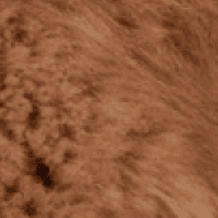
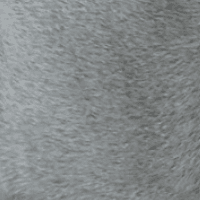
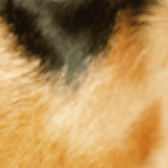
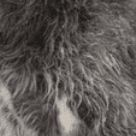
Known Diseases
Dermatophytosis
Dermatophytosis (synonym dermatophytosis, from ancient Greek τὸ δέρμα derma, German 'skin' and ancient Greek φυτόν phyton, German 'plant') or tinea (Latin for 'woodworm', 'moth') is a skin fungal disease caused by specific fungi (dermatophytes).
Ureteral ectopy
Ureteral ectopy (also known as ureteral ectopia) is an inherited condition where the ureter (known as the ureter) does not end in the bladder as usual due to a misalignment.
Cataract
Cataracts are still one of the most common causes of blindness, even in dogs.
Other small dogs
Useful Articles
You can find articles that might interest you in the dogbible blog to match your favorite breed.
Visit our magazineto stay up to date on dog trends.
To find out more, view our Privacy Policy
Find here the breed that suits you and find out what character traits it has. Here you can also learn more about the origin, size and weight of your favorite breeds.
Matching your favorite breed, you'll find articles that might interest you on the dogbible dog blog.
Calm dog breeds - list & what makes them so special
8 activities in Austria for dogs in winter
Recognize abdominal pain in dogs
